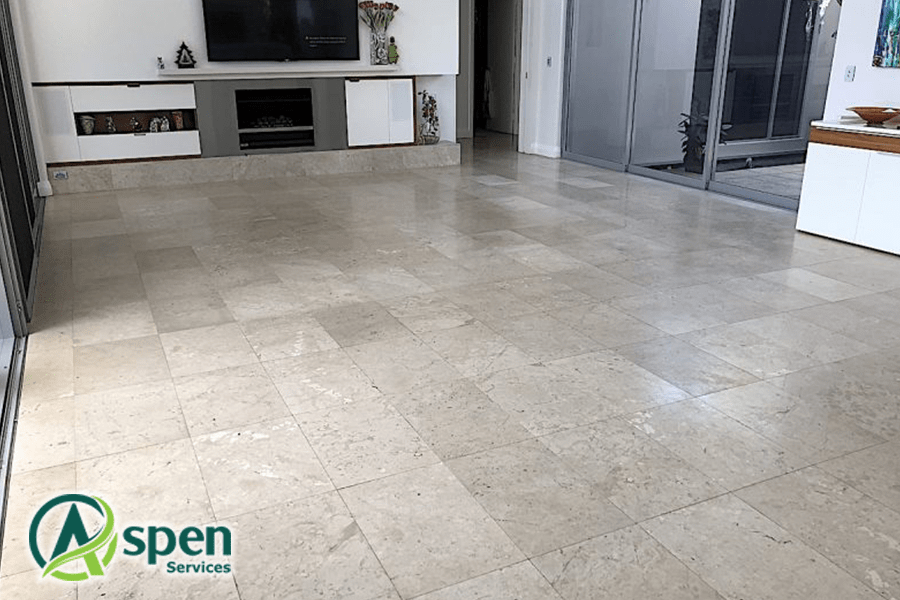Do you notice that your paver material is beginning to fade or has experienced damage? Your pavers are a lifetime investment worth preserving. So you need to do paver sealing and restoration from time to time. For this purpose, you can opt for professional paver sealing and restoration service providers as well.
Today in this article, we will cover the benefits of paver sealing and restoration. Let’s get into the topic.
1. Protect Your Investment
There are a variety of benefits people will enjoy when they utilize paver sealing and restoration services. but the primary benefit is that your pavers will be resistant to any potential stains like rust, oil, dirt, and grime. Also, when you employ paver sealing and restoration professionals, they will prevent weed growth, mould or mildew development. Besides, the paver sealing process will counteract any ant or insect activity on your pavers as well. And, eliminating these nasty elements from your pavers will protect your pavers for the long term, so, your investment in the pavers also be protected as well.
2. Enhance the Look of Your Pavers
Paver sealing and restoration not only create cleaner, bacteria-free, long-lasting pavers, it will also create sleeker and pristine looking pavers as well. By opting for professional paver sealing services, you can prevent UV rays from fading your pavers’ natural colour and retain their original look. By undergoing the paver sealing and restoration process, your pavers will also experience an enhanced, natural-looking colour improvement as well.
3. Stabilize The Sand Between Your Pavers
Everybody knows that there are sand joints in between the pavers. When you do the paver sealing and restoration that will actually stabilize the sand between your pavers. So what that means is it’s hardened that sand in the joints and it helps keep it from washing out. So if you get heavy rains or do a light pressure washing, the sand, between your pavers won’t blow out. Also, sand stabilization will help with insect intrusion.
Conclusion
So, these are the top three benefits of paver sealing and restoration. If you have any questions, particularly about the paver protection, the colour enhancement, that sort of thing, feel free to ask them in the comments. We’re happy to answer them.
If you’re looking for a professional service provider, take a look at our sealing and restoration service page. You may find it helpful!


